If you’ve had a stubborn, itchy rash that keeps coming back no matter what creams you use, you’re not alone. For millions of people, the culprit isn’t dry skin or poor hygiene-it’s an invisible trigger in everyday products. This is contact dermatitis, and the key to stopping it isn’t more lotion-it’s knowing exactly what’s causing it and how to avoid it.
What Is Contact Dermatitis?
Contact dermatitis is a skin reaction that happens when your skin touches something it’s allergic to. It’s not contagious. It’s not caused by stress. It’s your immune system overreacting to a chemical it thinks is dangerous. The rash usually shows up as red, flaky, cracked, or blistered skin-often where the allergen touched you. It can show up hours or even days after exposure, which is why it’s so easy to miss the connection.
Unlike hives or allergic reactions to food or pollen, contact dermatitis is a delayed reaction. That means you might wear a necklace on Monday, feel fine all day, and wake up Tuesday with a red ring around your neck. That’s classic allergic contact dermatitis. It affects about 1 in 5 people who get contact rashes, and it’s one of the most common reasons people visit a dermatologist.
Why Patch Testing Is the Only Reliable Way to Find the Cause
There’s no blood test or quick swipe that can tell you what’s causing your rash. The only proven method is patch testing. It’s not like a skin prick test for pollen or peanuts. Patch testing looks for delayed reactions, which is exactly what causes contact dermatitis.
Here’s how it works: Small patches containing 29 common allergens are taped to your back. You leave them on for 48 hours-no showering, no sweating. Then you return to the clinic, the patches are removed, and the skin is checked. You come back again two days later for a final reading. The whole process takes about four days.
The standard test, called the TRUE Test, includes allergens like nickel sulfate, cobalt chloride, fragrance mix, and balsam of Peru. These are the usual suspects. Nickel alone is found in 14.7% of positive tests. That’s why cheap jewelry, belt buckles, and phone cases are common triggers.
But here’s the catch: 29 allergens aren’t enough. Thousands of chemicals are used in cosmetics, cleaners, and clothing. If your rash doesn’t improve after the standard test, you might need an expanded panel-up to 100 allergens. That’s especially true if you work in hairdressing, healthcare, or construction. Hairdressers, for example, have a 42% chance of developing contact dermatitis from chemicals in dyes and shampoos.
Top Allergens You’re Probably Already Exposed To
Some allergens are obvious. Others hide in plain sight. Here are the most common ones-and where you’re likely to find them:
- Nickel: Found in jewelry, zippers, buttons, watches, coins, and even some smartphones and laptops. It’s the #1 allergen worldwide.
- Fragrance mix: Not just perfumes. It’s in lotions, shampoos, detergents, and even baby wipes. One in 20 people reacts to it.
- Cobalt chloride: Often mixed with nickel in metal alloys. Also found in blue pigments in makeup and paints.
- Formaldehyde: Used as a preservative in nail polish, shampoo, and some cosmetics. Even "formaldehyde-free" products can contain chemicals that break down into formaldehyde.
- Cocamidopropyl betaine: A foaming agent in soaps, shampoos, and body washes. It’s a hidden trigger for many people with hand eczema.
- Thimerosal: A preservative in some eye drops, vaccines, and topical antiseptics.
- Balsam of Peru: Found in cinnamon, vanilla, citrus peels, and many scented lotions. It’s a sneaky one because it’s natural but still triggers reactions.
One Reddit user, after five years of unexplained hand rashes, found out they were allergic to cocamidopropyl betaine. Once they switched to a soap without it, their skin cleared up completely. Another person’s formaldehyde allergy was missed on the standard test-it took a second, expanded patch test to catch it.
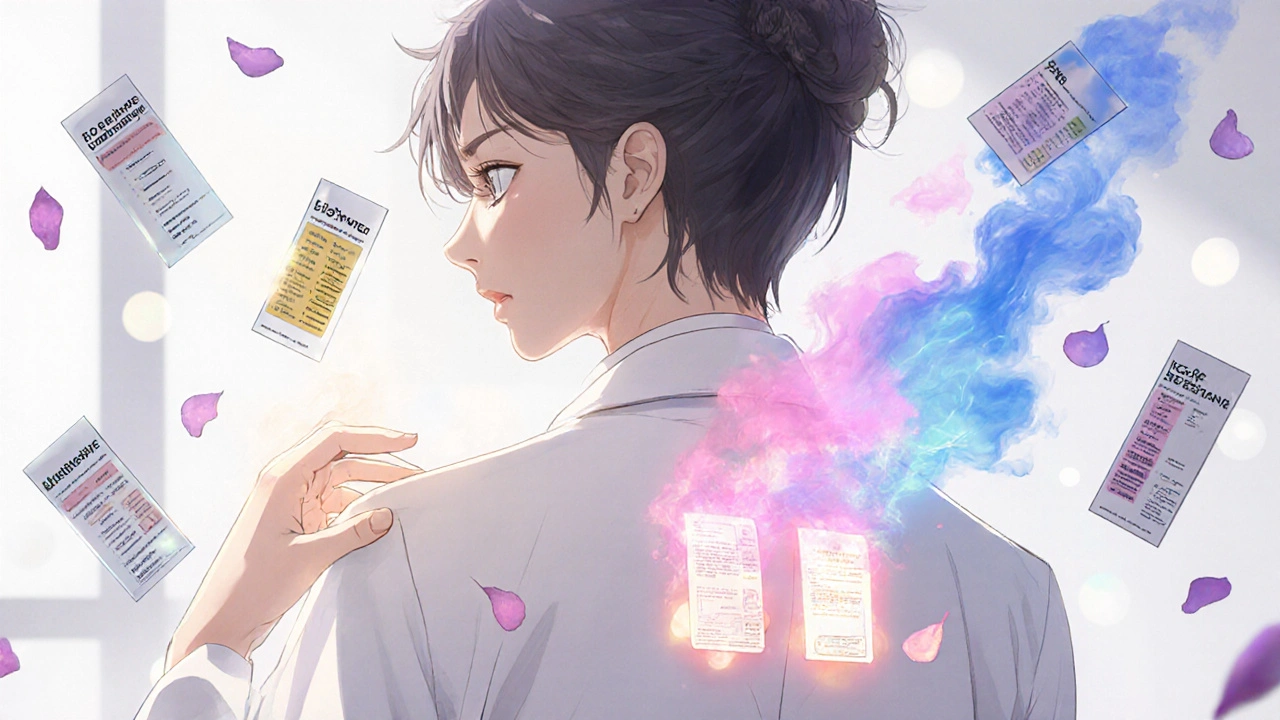
How to Avoid Allergens Once You Know What They Are
Knowing your allergen is only half the battle. Avoiding it is the other half-and it’s harder than it sounds.
The Contact Allergen Management Program (CAMP), run by the American Contact Dermatitis Society, helps patients find safe products. They’ve built a database of over 18,000 products labeled as free from 27 common allergens. You can search by your allergen and get a list of approved soaps, lotions, and cleaners.
Here’s how to start:
- Read labels. Look for the exact allergen name-not just "fragrance-free" or "hypoallergenic." Those terms aren’t regulated. You need to check for "cocamidopropyl betaine," "nickel," or "balsam of Peru."
- Use the CARD database. If you don’t know where to start, go to the American Contact Dermatitis Society website and search their product list.
- Test new products. Apply a small amount to your inner forearm for three days before using it all over.
- Switch to plain products. Avoid scented soaps, colored lotions, and multi-ingredient creams. Plain white petrolatum (like Vaseline) is often the safest option.
- Check your workplace. If you’re a nurse, hairdresser, or mechanic, your employer may need to provide protective gear or switch to safer products. OSHA guidelines require this for known allergens.
One study found that 82% of people who avoided their identified allergens saw major improvement in their rash. But 47% struggled at first because allergens hide in unexpected places-like the metal snaps on jeans, the adhesive in bandages, or even the ink in tattoos.
What Doesn’t Work (And Why)
There are a lot of myths about contact dermatitis.
Some people think switching to "natural" products will help. But natural doesn’t mean safe. Balsam of Peru comes from tree sap. Tea tree oil is a common allergen. Lavender and chamomile can trigger reactions too.
Others think steroid creams will fix it long-term. They might calm the rash, but if you keep touching the allergen, the rash will come back. Steroids don’t fix the cause-they just hide the symptoms.
And don’t rely on online quizzes or apps that claim to diagnose allergies. They’re not accurate. Only patch testing can confirm a contact allergy.

What’s Changing in Diagnosis and Regulation
Things are improving, slowly. The European Union banned 26 fragrance allergens in cosmetics in 2003. That cut down fragrance allergies by about 25%. In the U.S., there’s no such law. The Safe Cosmetics Act has been stuck in Congress since 2021.
Testing is also getting better. By late 2025, the TRUE Test will expand from 29 to 80 allergens to include newer triggers like chemicals in touchscreens and plant-based cosmetics. Researchers are also testing blood markers like IL-18, which rises with ACD severity. That could one day help track progress without repeated patch tests.
But for now, patch testing remains the gold standard. Dr. Howard Maibach, a leading dermatologist, says it clearly: "No other test comes close."
What to Do If You Suspect Contact Dermatitis
If you’ve had a recurring rash for more than a few weeks:
- Stop using new products you’ve added in the last month.
- Write down everything you touch daily-soaps, lotions, tools, clothing, even your phone case.
- See a dermatologist who specializes in contact dermatitis. Not all dermatologists do patch testing.
- Ask about expanded patch testing if the first test is negative but your rash persists.
- Don’t give up. Finding the cause takes time, but once you do, your skin can heal.
One patient said it best: "I spent years trying every cream under the sun. Once I knew it was nickel, I stopped the rash for good. No more itching. No more embarrassment. Just normal skin."
Can contact dermatitis go away on its own?
It might improve if you stop touching the allergen, but it won’t truly go away unless you identify and avoid the trigger. Without that, the rash will keep coming back every time you’re exposed. Patch testing is the only way to know for sure what you need to avoid.
Is patch testing painful?
No. The patches are taped to your back and don’t break the skin. You might feel slight itching or burning if you’re allergic to one of the substances, but there’s no needle or injection. The discomfort is mild compared to the relief you get once you know the cause.
Can I do patch testing at home?
No. Patch testing requires trained professionals to apply the patches correctly, interpret the results accurately, and rule out other skin conditions. Home kits or DIY tests are unreliable and can give false results that delay proper treatment.
Why does my rash appear days after contact?
Allergic contact dermatitis is a delayed immune response. When the allergen touches your skin, your immune cells take time to recognize it as a threat, travel to lymph nodes, and send signals back to your skin. That process takes 48 to 96 hours-hence the delay. That’s why it’s easy to miss the connection.
Are natural or organic products safer for sensitive skin?
Not necessarily. Many natural ingredients like tea tree oil, lavender, citrus extracts, and balsam of Peru are common allergens. "Organic" and "natural" aren’t regulated terms. Always check the ingredient list for known allergens, even in products labeled as gentle.
How long does it take to see improvement after avoiding an allergen?
Most people see improvement within 2 to 4 weeks of avoiding the allergen. Some notice changes in just a few days, especially if the exposure was recent. For long-standing rashes, it can take up to 6 weeks for the skin to fully heal. Patience and consistency are key.
Can I still use makeup if I have contact dermatitis?
Yes-but only if you choose products free of your specific allergens. Many brands now offer hypoallergenic lines labeled for sensitive skin. Use the CARD database to find safe options. Stick to simple formulations: avoid fragrances, preservatives like parabens or formaldehyde-releasers, and heavy pigments.
Is contact dermatitis the same as eczema?
Not exactly. Eczema (atopic dermatitis) is often genetic and linked to dry, sensitive skin. Contact dermatitis is caused by an allergic reaction to something you touch. You can have both at the same time. Patch testing helps tell them apart and guides the right treatment.
Can I be allergic to water?
No. True water allergy (aquagenic urticaria) is extremely rare and causes hives, not the scaly, itchy rash of contact dermatitis. If water seems to irritate your skin, it’s likely due to chemicals in tap water (like chlorine) or soaps you use with it-not the water itself.
What should I do if my doctor won’t order patch testing?
Ask for a referral to a dermatologist who specializes in contact dermatitis or allergy. Not all dermatologists perform patch testing regularly. The American Contact Dermatitis Society has a directory of specialists. If cost is an issue, check if your insurance covers it-most do when medically necessary.


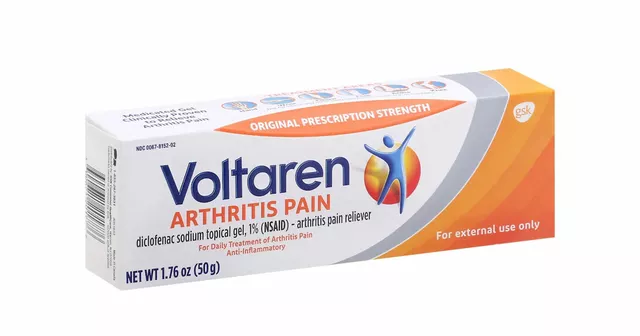
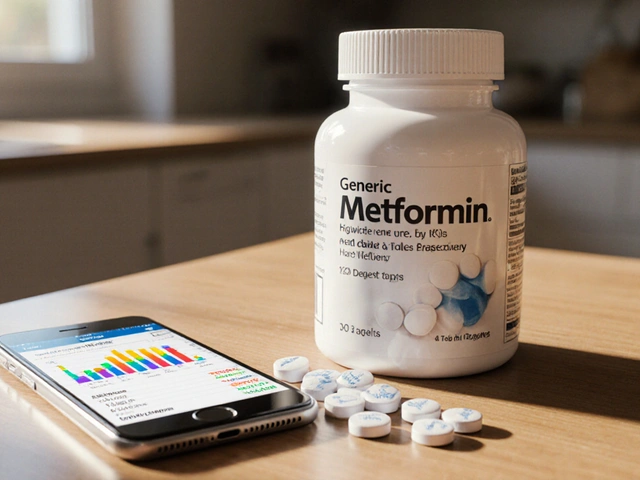
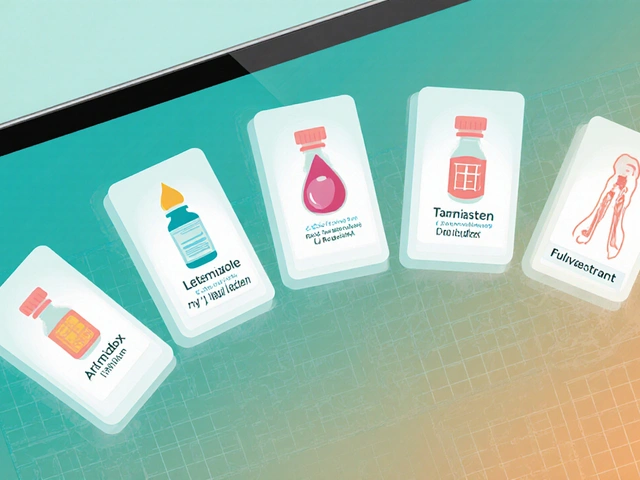
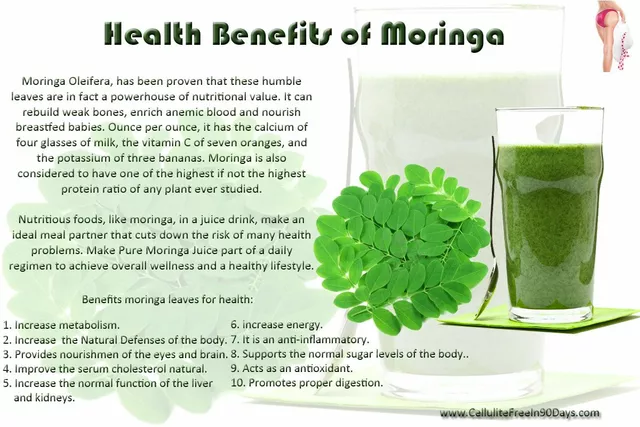
Linda Rosie
November 23, 2025 at 06:47
Had a rash for years. Patch test found nickel in my phone case. Switched to a silicone cover-gone in a week. No more itching at night.
Simple fix. Why didn’t I think of it sooner?